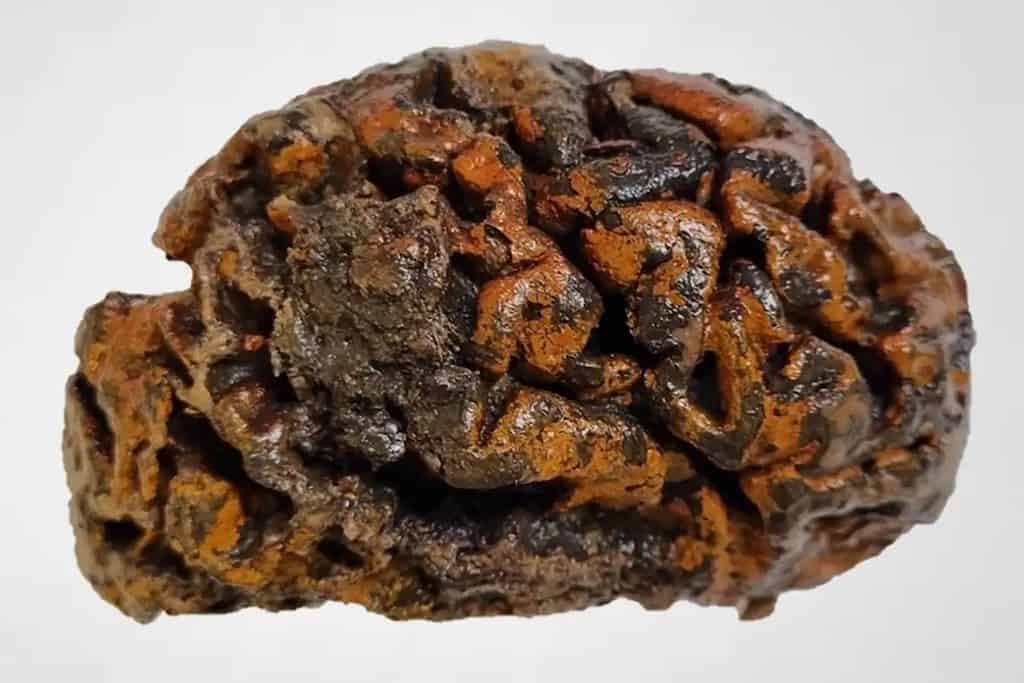
The human brain is the most sensitive and delicate organ in your body, which explains why it is protected by the thick-boned skull and three very tough vertebrae. It’s all the more surprising to learn that this squishy mass can survive the most time from decay of any organ.
In a new study, researchers at the University of Oxford have cataloged over 4,400 naturally preserved human brains, some as old as 12,000 years. This archaeological archive includes the brains of Inca sacrificial victims, prehistoric people, and even North Pole explorers.
“Since the mid-17th century, more than 4,400 human brains have been unearthed from the last 12,000 years of the archaeological record, over 1,300 of which are preserved among otherwise skeletonized remains. Despite this volume of finds, the perception remains that preserved brains represent ‘unique’ or ‘extremely rare’ discoveries,” the researchers wrote in their study.
Defying time and decay
The preservation of human soft tissues, including the brain, is often due to well-understood processes such as dehydration, freezing, and tanning, resulting from either human actions or natural factors. It’s not unusual for brains to survive alongside other internal organs in cases where soft tissues are well-preserved. Researchers have found brains in the dried-out remains of desert burials, in frozen bodies from mountain passes, and in tanned bodies from wetland bogs.
However, the researchers also identified preserved brains without other soft tissues, such as alongside ancient bones from a swampy pond. Some of these brains have been found in sunken shipwrecks floating alongside bones.
Until this study, there has been no significant effort to study preserved brains systematically to understand why they last longer than other soft tissues. To challenge the notion that brain preservation is uncommon, the scientists created an archive of preserved human brains from archaeological sites.
They conducted statistical analysis to determine their prevalence, how they persist, and the diversity of their preservation conditions. They also examined the nature of the preserved nervous tissues and mapped their distribution worldwide and across time. Finally, the researchers explored how studying preserved human brains can enhance our understanding of ancient diseases and genetics.
Comparing the locations where the brains were found with historical climate data provides clues about the factors preventing brain decay. Over a third of the samples remained intact due to dehydration, while others were preserved through freezing or tanning. You won’t find a brain rattling around in a skull in just any grave. The condition of these brains varied widely, ranging from dry and brittle to soft and tofu-like in texture.
Rusty brains
Interestingly, about a quarter of the brains were discovered in bodies lacking any other preserved soft tissue—no skin, kidneys, or muscles—leaving only a “shrunken perfect little brain rattling around in a skull,” as forensic anthropologist Alexandra Morton-Hayward describes for Science News. In these cases, known processes that preserve all types of tissue can’t explain why these brains endure.
The exact reason why these brains remain preserved while other soft tissues deteriorate remains a mystery. But it might have to do with the brain’s unique chemical composition. The brain has a 1-to-1 ratio of proteins to lipids, which is distinct from other soft tissues that contain more carbohydrates and have different protein-to-lipid ratios. This specific ratio could be crucial, especially when metals like iron are introduced, potentially causing proteins and lipids to bind together and last longer. Many such preserved brains were found to contain iron oxide — also known as rust.
The research team is currently employing new techniques to delve deeper into the molecular interactions that facilitate the preservation of brains. The preserved nervous tissue could also offer an unprecedented opportunity to study neurological diseases in ancient humans.
“The mechanisms are similar to those that we see in neurodegenerative diseases, like dementia,” Morton-Hayward told NewScientist. “So if we can figure out what’s happening to brains after death, we might be able to shed some light on what’s happening in brain ageing in life as well.”
The findings appeared in the Proceedings of the Royal Society B.
Thanks for your feedback!


